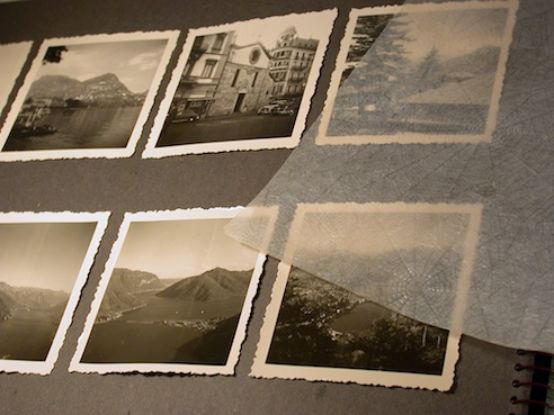The search for a musical identity in Ticino
Carlo Piccardi's study is dedicated to the festival play in southern Switzerland, which played an important role around the middle of the last century.

In the encyclopedia Music in the past and present in the fourth volume of the first edition of the "Feste und Festspiele", published in 1954, mentions the important role played by the festival genre in Swiss musical life: "Today, hardly any major festival (especially singing festivals, centenary festivals, etc.) is conceivable without a festival." At that time, this genre could look back on a tradition of around one hundred years. The origin of this success story was the first Fête des vigneronswhich François Grast composed in 1851. Sometimes dealing with rural folk themes, as in Vaud, sometimes with historical-patriotic events, performed by amateur actors and actresses and usually accompanied by amateur orchestras, these stage works with their rich musical accompaniment quickly spread throughout French- and German-speaking Switzerland. What all the festivals had in common was their ideological connotation: these works were intended to strengthen the (musical) identity of the Swiss people. In the canton of Ticino, the genre did not gain a foothold until the 1920s. The people of Ticino had to overcome similar (musical) identity problems as the Swiss Confederation as a whole. However, they were faced with an additional dilemma: on the one hand, it was important to maintain a tradition that was considered typically Swiss in southern Switzerland, while on the other, the Ticino authors wanted to avoid touristy platitudes in their self-portrayal.
After a few isolated attempts (first in 1924 for the Festa delle camelie in Locarno), a continuous tradition of festivals developed on the occasion of the annual sample fair in Lugano between 1933 and 1944, which was then continued sporadically until 1953. It is the focus of the latest book by Carlo Piccardi, the doyen of Ticino musicology. A separate chapter is devoted to each festival in its heyday. The ideological tensions mentioned above naturally took on a new dimension and urgency at the time of Italian fascism and during the Second World War. The best Ticino artists of the time made their contribution to the Lugano Festival, such as the writers Guido Calgari and Vinicio Salati, the composers Otmar Nussio and Enrico Dassetto and the choreographer Ada Franellich. An extremely rich documentation section makes up a good half of the book and shows numerous score excerpts, libretti and visual material.
Piccardi has reconstructed these works and their context with great attention to detail and has created a vivid picture of the late flowering of a lost musical genre in Ticino. Their material seems strange or at least outdated to us today, but their ideological backgrounds were certainly justified at the time. It is worthy of our recognition simply because numerous artists worked on it with great dedication.
Carlo Piccardi, La rappresentazione della piccola patria: gli spettacoli musicali della Fiera Svizzera di Lugano, 1933-1953, 6 + 631 p., € 24.00, Libreria musicale italiana, Lucca 2013, ISBN 9788870967388








